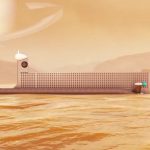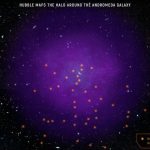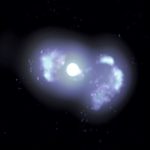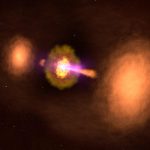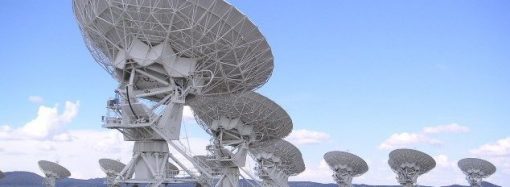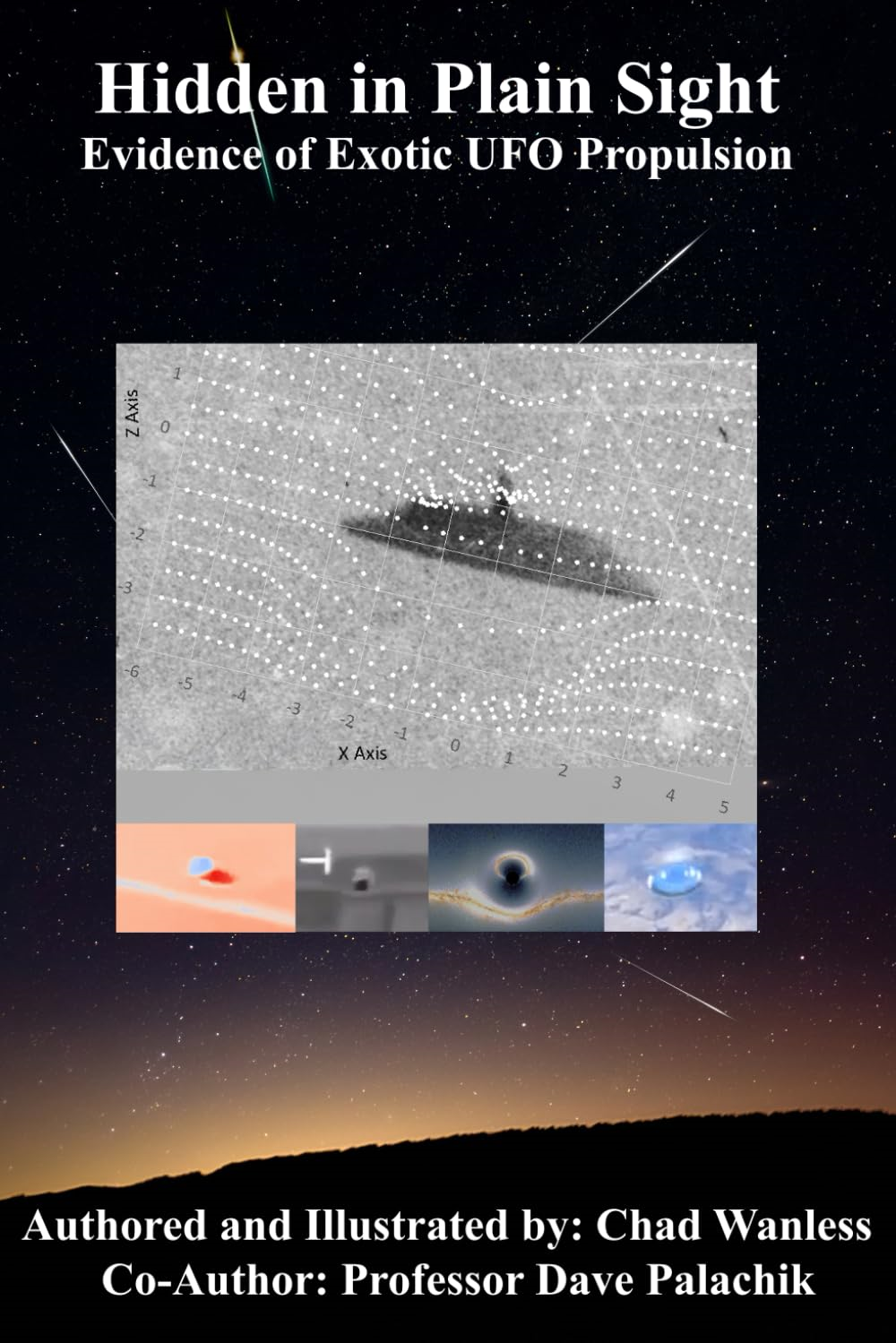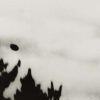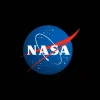Astronomers Witness Birth of Intermediate-Mass Black Hole0
- From Around the Web, Space
- September 3, 2020
Astronomers using the twin LIGO detectors located in Livingston, Louisiana, and Hanford, Washington, and the Virgo detector located near Pisa, Italy, have detected gravitational waves from the most massive binary black hole merger ever discovered. The two spinning black holes merged when the Universe was only about 7 billion years old, which is roughly half its present age, and formed a larger black hole weighing a whopping 142 times the mass of the Sun — a so-called intermediate-mass black hole.







